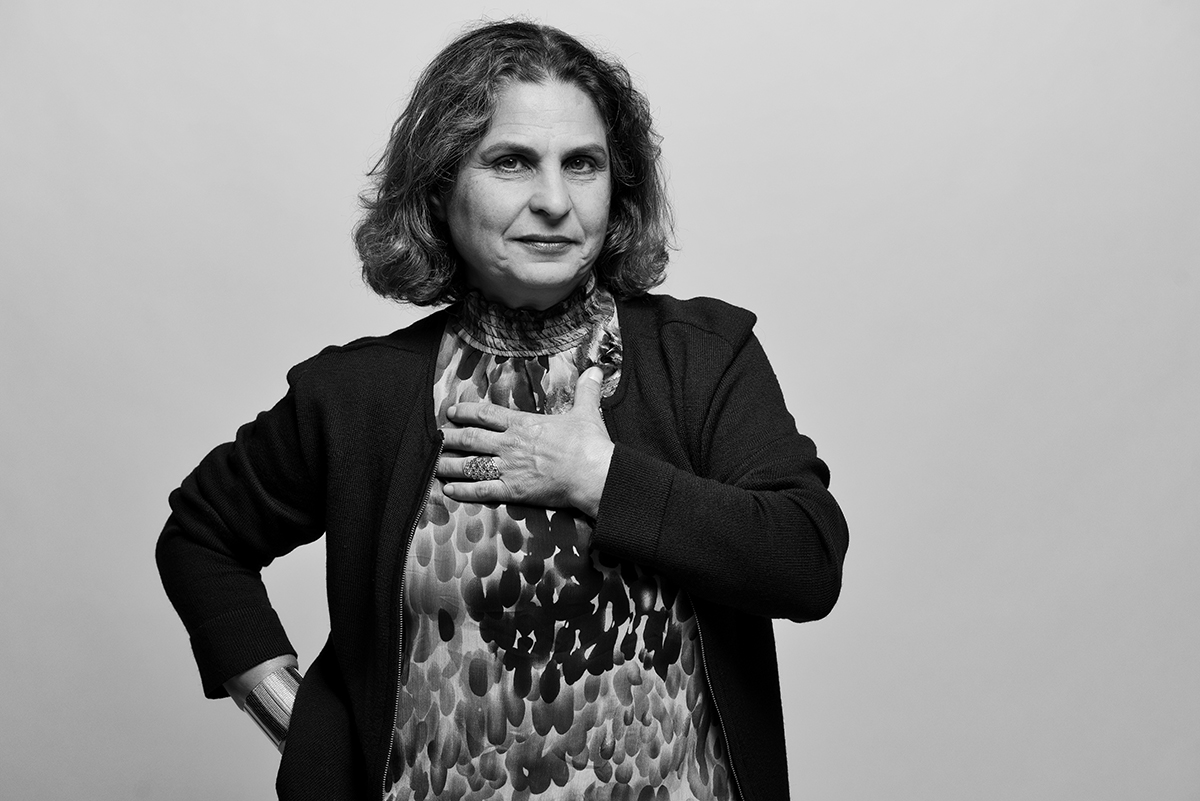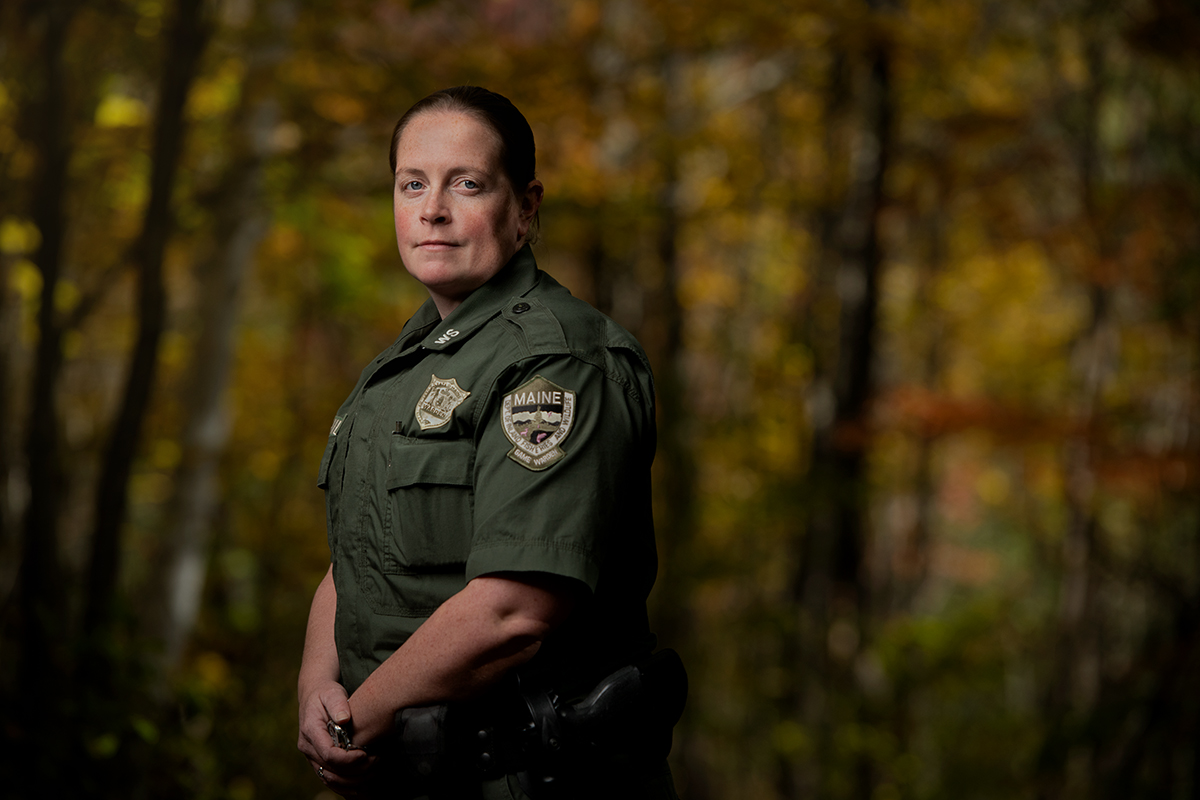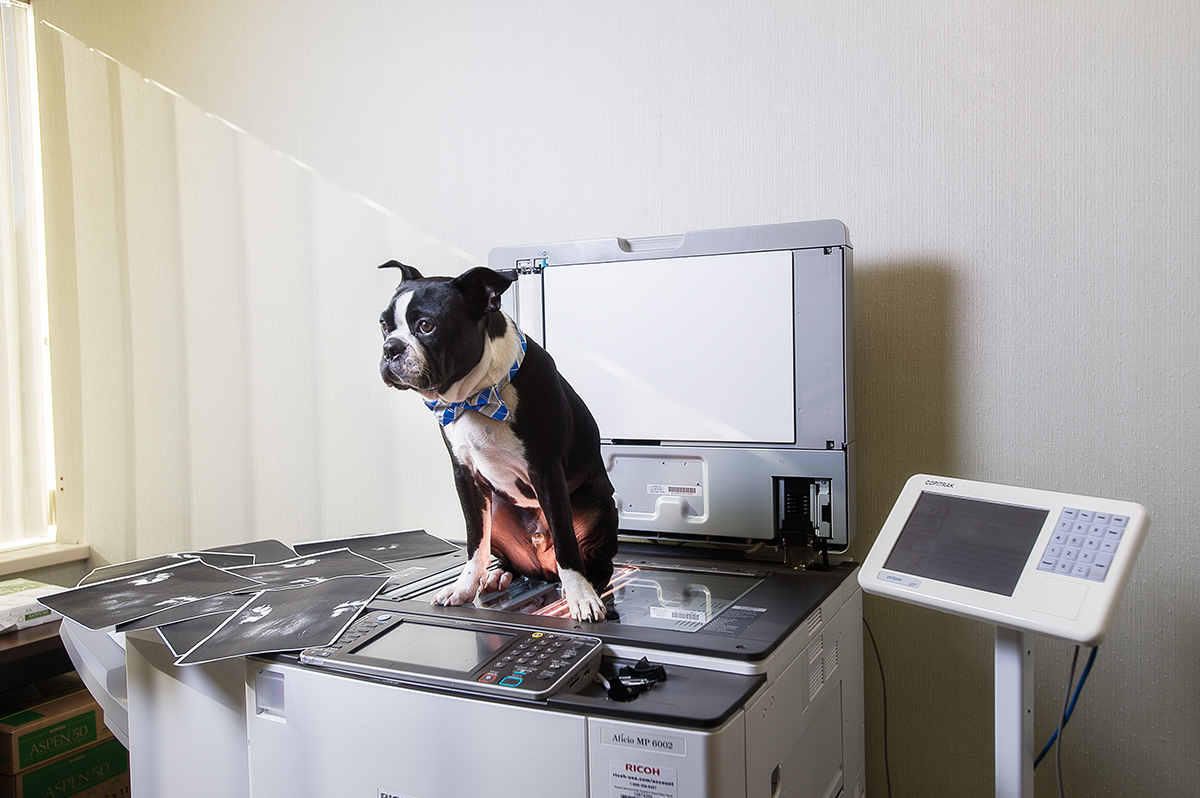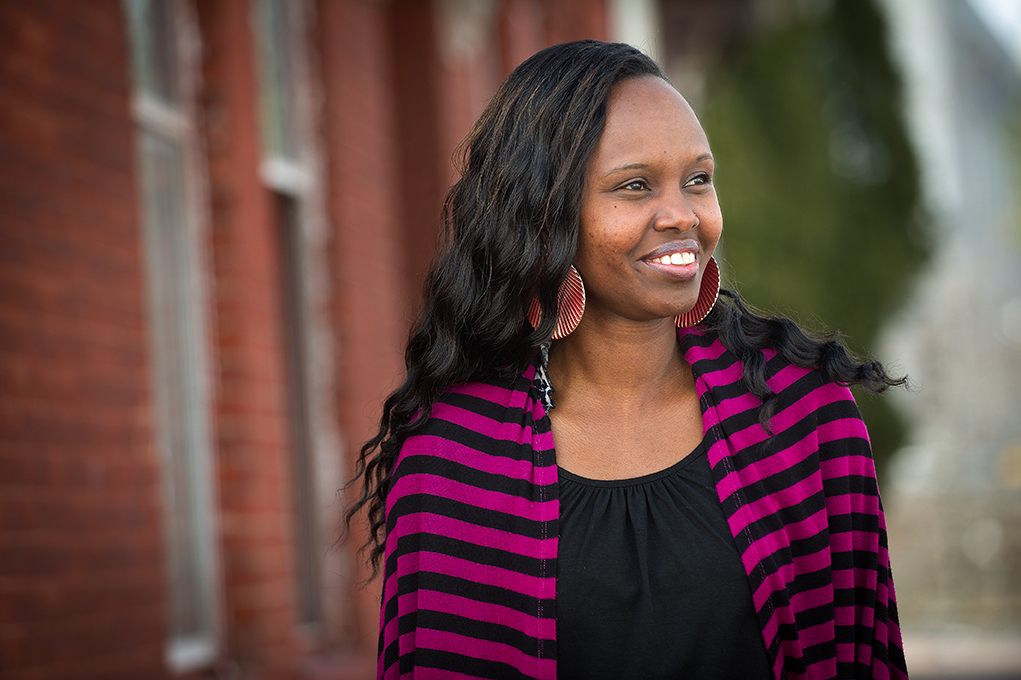
One of the best ways to engage one’s creativity is to first strip away options. Constraint, not necessity, is the mother of creativity.
For portrait photographers, the focus of the image is the subject. Yet background elements and interesting locations help to tell a story and can result in a more compelling portrait. They can also be a crutch. One piece of advice I give to aspiring portrait photographers: learn to shoot portraits with no background.
The artist Platon is famous for his high-key white seamless black and white portraits. They are so simple—just the subject, often shot with a very simple lighting setup—but each one tells a story and compels the viewer to linger over every portion of the frame.
When you strip away all of the choices, you focus on the essential. When you strip away the excess background elements, the focus is solely on the subject.
The photographer is forced to focus on connecting with the person being photographed and helping them to carry the weight of the image through expression and mood, captured in fleeting moments.






















